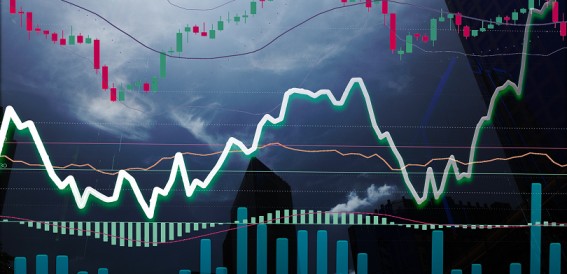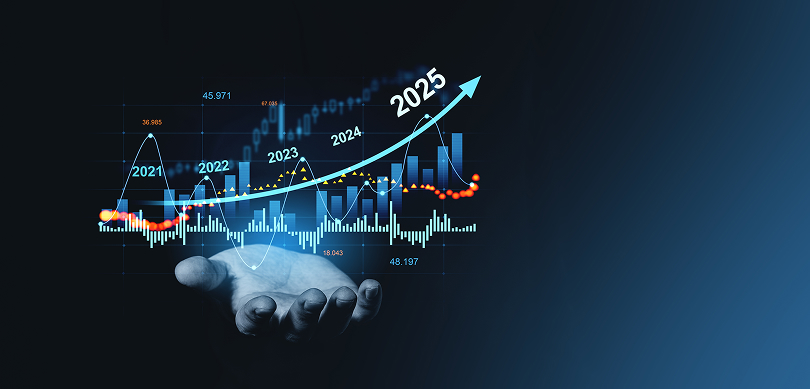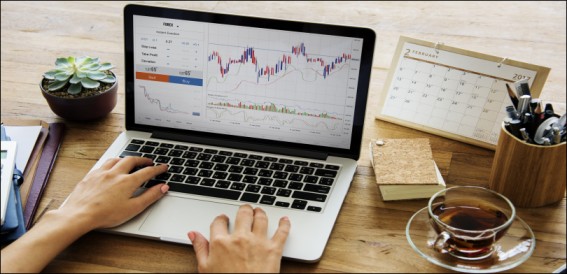The facility of margin in trading is available for a wide range of investable instruments. Derivatives are one of them allowing traders with various trading opportunities with margin trading facilities to enter into the high value of trades with a smaller amount of capital to take advantage of leverage.
In derivatives, you can find the futures and options of major indices and various designated securities. The concept of margin is applicable in derivatives instruments also but here margins are used to manage the risk for the parties in the derivatives contracts to deposit the amount as collateral to cover the potential losses. However, you can use the combination of derivatives with the margin trading.
What is the Margin in Trading?
Margin in trading is an initial amount of money you must deposit to get the margin trading facility to trade in the cash market. In the derivatives segment, you are required to deposit a certain amount as margin money based on the contract value in order to enter into the contracts. Similarly, there are various types of margins you need to know to make the best use of margins in trading with derivatives.
Margins in Derivatives Trading
In derivatives trading, you can trade futures and options of the underlying securities including indices and individual stocks. You can choose from various contracts and strike prices of call and put options or a combination of the same with futures as per your trading strategy.
However, the option prices are highly sensitive towards changes in the market or spot price of underlying securities. A small change in the price of the underlying security translates into major gains and losses. Because of such risks, the exchange asks to deposit a certain amount of money of the entire contract value as a margin to ensure the interest of both parties entered into the contract.
Begin your investing journey today. Your Demat account is the first step.
Types of Margins in Derivatives Trading
The margin in the derivatives is different from the MTF offered in the cash market. Here the margin is collected from the traders to ensure the exposure of the trade position to cover with risk of volatility. However, there are two types of margins to cover such risks.
SPAN (Standard Portfolio Analysis of Risk) Margin: SPAN margin is imposed by the exchange on the basis of margin required for the intraday (MIS) and carry-forward (NRML) trade positions in the underlying securities traded in the derivative segment. SPAN margin is calculated on the basis of portfolios of derivatives while considering various risk factors and market scenarios.
Exposure Margin: On the other hand, exposure margin is a kind of static margin required on the basis of total risk of entire trade positions to ensure the adequate collateral security available to cover potential losses that might occur due to volatile markets or unexpected movements.
The exchange blocks the SPAN and Exposure margins in your trading account till the expiration of contracts of futures of the underlying security. However, the value of the initial margin keeps changing on a daily basis because of changes in the price of the underlying security.
Though, there is no change in the lot size of the underlying security the change in the price of the futures or options leads to a change in the margin requirements. Apart from that, various other margins like initial margin, maintenance margin, premium margin and collateral margin, mark-to-mark margin and portfolio margin apply on the basis of your trade positions.
Combination of Margin Trading with Derivatives
You can utilize the facility of margins offered by the exchange and your broker. Here you need to identify which type of margin you might be asked while entering into trade positions. And to make the best use of margins you need to know how to utilize these margins with derivatives to make your trading and investments more profitable in terms of getting high returns by putting your money in the lowest amount.
High Value Trades: Using the margin trading facility in the cash market you can enter into high-value trades. Similarly, when you enter a future contract, the value of each contract is high because of lot size but you don’t need to pay the entire value of your trade position. Instead, you have to pay a certain margin with the premium amount to enter into the trade. At the time of contract expiry, the actual difference will be adjusted as profit or loss in your account on the full value of your contract.
Timely Liquidation: When the price of the underlying security moves unexpectedly due to high volatility in the market, then the margin requirements on a daily basis also increase. Here your broker will keep asking to maintain or deposit the money as per the daily margin requirements. However, if you fail to deposit the required margin, your trade positions may be liquidated, which can help limit losses from adverse market movements in a timely manner.
High Return Potential: When you utilize margin trading in various market segments including the derivatives, the ratio of your return on your investments is very high if your trade position ends in a profit. As the initial investment on such trades is low, due to the availability of margin, your profitability is calculated on the entire value of future or option contracts which translates to high returns.
Diversify Your Positions: Using margin trading and various instruments in derivatives segments, you can diversify your investment by entering into multiple types of trade positions. Based on the market conditions you buy stocks in cash markets along with futures and options contracts. Here you need to choose the right trading strategy to cover all your trade positions with risk and rewards calculations to get the best results. The diversification of trades will help you to get balanced returns.
Recommended Read: Is Margin Trading right for you?
Conclusion
Margins in trading play an important role in leveraging trading activities at the low cost of funds. And, at the same time due to the regulatory framework, it offers great security to both the parties involved in trading the contracts of future and options. Margin facility is available for traders not only providing them high leverage in trading but also securing their trade positions with various risks.
However, using margin trading in tandem with derivatives can improve your overall return ratio with the scope of trading in various instruments while investing a few portions of money to take benefit of full trade value. However, while using the margins you also need to understand its consequences like interest charges by the brokers for providing the funds and margin penalties imposed by the exchanges.










